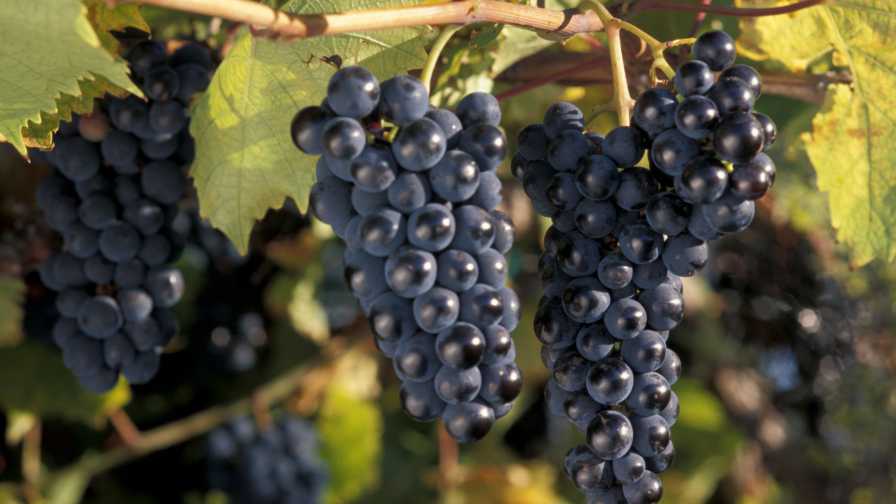How To Plan Out an Effective Spray Program for Your Grape Crop
Planning a pest management program, whether for plant diseases, insects, or weed management, can be a difficult task.
There is a lot of balancing that occurs:
- What can be mixed to tackle multiple pests in a single pass?
- What products are compatible with each other?
- What adjuvants might be needed?
- Are products being properly rotated for pesticide stewardship to avoid resistance development?
- Is the program cost and time effective?
- Are cultural approaches occurring at the right time, etc.?
Planning a pest management program is so much easier in the winter, when we all have a little more office time, to reference product labels, Extension guides, and other production resources. There are a few who have successfully built programs on the fly as the growing season progresses, but their success is usually just luck. There is a real risk that issues such as extended spray intervals, inappropriate timing of cultural practices, and poor product rotation will occur. And while you might not feel the effects of that in one season, the effects can build up over time.
On-the-fly program design can also lead to unnecessary chemical applications or cultural approaches. Avoiding those means saving money. I liken planning a spray program ahead of the season to going to the grocery store with a set shopping list. With a set list, you know about how much the bill will be, and you will get exactly what you need.
On-the-fly design is going to the store hungry … without a list. At the end of these trips, the same thing will be accomplished — you have food. But shopping while hungry without a list typically means you are way over budget and will be eating potato chips for dinner. It might work for a week or two but doing that repeatedly likely won’t have good long-term health results.
Pre-planning typically means you can develop a preseason management budget, which then allows you to build in (and prepare for) “buffers” or back-up products or approaches in case a season’s disease, insect, or weed pressure is higher than expected. It also allows you to order products that will be very important in 2022 as we continue to feel the pinch from production shortages and supply chain hiccups.
Pre-planning also helps with talking points as you attend trade shows and look at new products; you already know what and why you are doing an application. You can then critically evaluate new products and approaches to determine if they could be used as substitutions in your existing program.
Successful fruit and nut growers plan their pest management programs to start the new year. They recognize that it is easier to adjust an existing program than it is to create one on the fly, when they are under pressure to make a rapid decision. As they say — “planning” makes perfect!









